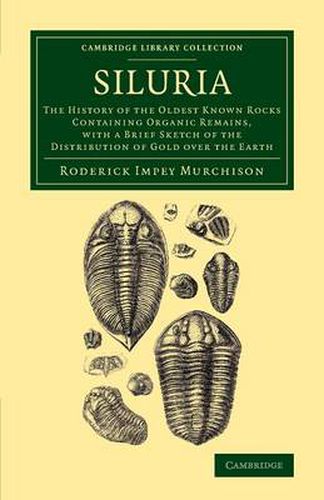Readings Newsletter
Become a Readings Member to make your shopping experience even easier.
Sign in or sign up for free!
You’re not far away from qualifying for FREE standard shipping within Australia
You’ve qualified for FREE standard shipping within Australia
The cart is loading…






The Scottish geologist Sir Roderick Impey Murchison (1792-1871) first proposed the Silurian period after studying ancient rocks in Wales in the 1830s. Naming the sequence after the Silures, a Celtic tribe, he believed that the fossils representing the origins of life could be attributed to this period. This assertion sparked a heated dispute with his contemporary Adam Sedgwick, ultimately ruining their friendship. First published in 1854, Siluria is a significant reworking of Murchison’s earlier book, The Silurian System, which had appeared in 1839. Thorough in his approach, he combines his own findings with those of researchers around the world, touching also on the later Devonian, Carboniferous and Permian periods as well as questions of natural history. An important text in nineteenth-century geology and palaeontology, the work contains a valuable geological map of Wales along with detailed engravings of fossils, including crustaceans, cephalopods and fish.
$9.00 standard shipping within Australia
FREE standard shipping within Australia for orders over $100.00
Express & International shipping calculated at checkout
The Scottish geologist Sir Roderick Impey Murchison (1792-1871) first proposed the Silurian period after studying ancient rocks in Wales in the 1830s. Naming the sequence after the Silures, a Celtic tribe, he believed that the fossils representing the origins of life could be attributed to this period. This assertion sparked a heated dispute with his contemporary Adam Sedgwick, ultimately ruining their friendship. First published in 1854, Siluria is a significant reworking of Murchison’s earlier book, The Silurian System, which had appeared in 1839. Thorough in his approach, he combines his own findings with those of researchers around the world, touching also on the later Devonian, Carboniferous and Permian periods as well as questions of natural history. An important text in nineteenth-century geology and palaeontology, the work contains a valuable geological map of Wales along with detailed engravings of fossils, including crustaceans, cephalopods and fish.